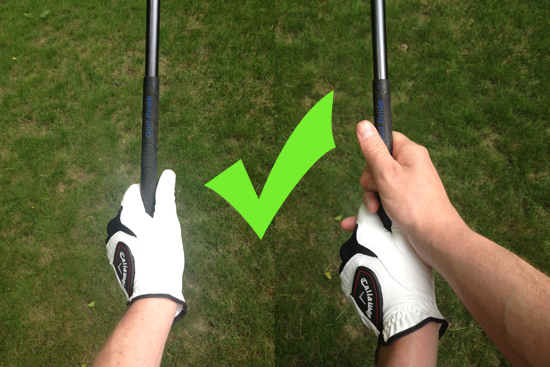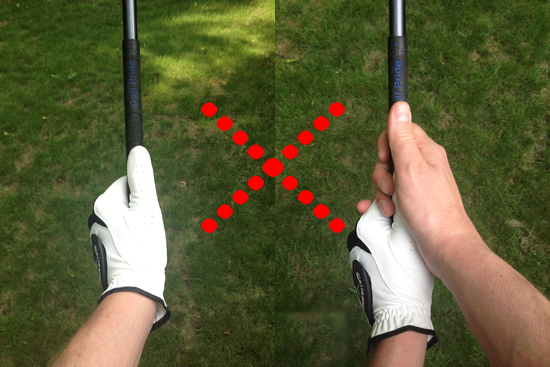I’ve been golfing of and on since I was 12 and have been golfing regularly for the last five years. One thing I have never done until yesterday is golf in a scramble. They have always sounded like a lot of fun but I just have never had the chance to participate. That all changed about a month ago when a friend of mine asked me if I wanted to golf in a charity scramble that was taking place yesterday.
For those of you that may not know, a scramble is a best ball format which consists of every player in the foursome hitting their tee shot, and then everyone using the best shot out of the four for their second shot, and so on and so on. The ideal team is usually a mix of good players and high handicappers. In fact, some scrambles require a certain mix of handicaps. Birdies are the goal in a best ball format. Pars are OK but bogies are killers. The winning team’s score from yesterday’s event was 12 under par. My team’s score was a respectable 4 under par.
So why are scrambles good for the high handicapper’s game?
- They’re fun! Sometimes even high handicappers take golf too seriously. All of us as amateurs want to improve but we have to remember the golf is just a game for us. Scrambles are many times held for charity, so the ultimate goal is to raise a lot of money and have a good time in the process. The format of a scramble makes it very easy to have fun.
- Bad shots are immediately forgotten. There’s no penalty for hitting a terrible shot. Simply go pick up your ball (if you can find it) and hit your next shot from where the best shot of your group landed. Your always hitting your next shot from a good position unless all your teammates also hit poor shots which is rare. This means you are not dwelling on bad shots and your thoughts stay positive.
- You can (and should) be aggressive. They are three teammates who can bail you out if you hit a bad shot. There is much less need to be cautious in your shot selection. On most shots, you can simply “go for it”. While you do not want to go for it on every shot in your regular game, learning to be aggressive at the right times is important.
- You get to watch a good player golf. I was the second best player on our team. The best player was absolute money from tee to green. Every tee and approach shot was almost perfect. Where we differed was in our consistency. I matched him on several shots but also hit some really bad shots. Golfing with better players gives you the confidence that you can be a good player if you put in the work.
- You will contribute to your team’s success. You might think your team will end up using all the shots from your best player. While you will be relying on your best player for many of you team’s shots, believe it or not everyone contributes. It really all comes down to putting in a best ball format. We used birdie putts from every one of our team members. Everyone on my team also had at least one drive or approach shot that we used.
My plan is to golf in two or three scrambles a year from now on. Like I said, they are usually held to support a charity, have no pressure, and are setup to encourage everyone to have a great time. I suggest you golf in a scramble if you have not yet had the chance.








